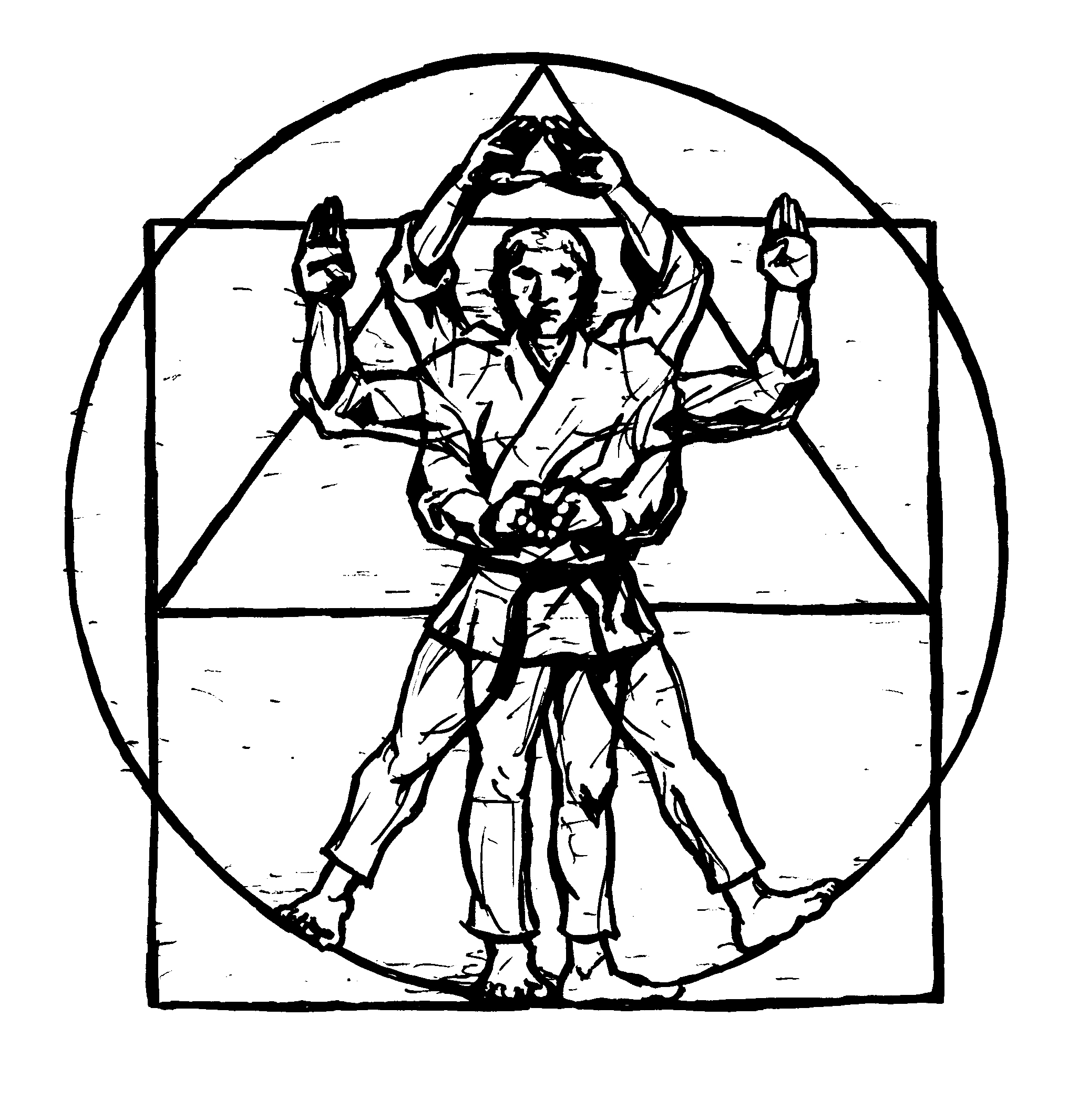

KishimotoDi, also known as Kishimoto-Te, or Kishimoto-Ha karate, is a rare system of Suidi (Shuri-Te), which is currently taught at the Bugeikan dojo on Okinawa, Japan, which also teaches Motobu Udundi and Hanashiro Chomo Shorin-Ryu. It was handed down to the founder of the Bugeikan and president of the Zen Okinawa Karate Kobudo Rengo Kai (All Okinawa Karate Kobudo Association), Higa Seitoku (1921-2006), by Kishimoto Soko (1866-1945), who learned from “Bushi” Tachimura (1814-1899)–a contemporary of the famous “Bushi” Matsumura Sokon, and fellow student of “Tode” Sakugawa Kanga (1786-1867). The style contains just four kata; Tachimura no Naihanchi, Nidanbu, Tachimura no Passai, and Tachimura no Kusanku.
Officially, the Bugeikan only allows Tachimura no Naihanchi and Nidanbu to be shown online, while Tachimura no Passai and Tachimura no Kusanku are reserved for students, only. As KishimotoDi and the modernized karate style of Gensei-Ryu share a lineage, you can see some examples of Tachimura no Kusanku presented by Gensei-Ryu practitioners, but it has been modified quite a bit from the originals.
Outside of Okinawa, the foremost instructor of KishimotoDi is Ulf Karlsson, Shihan, who is the first person to ever be granted a Shihan License in the art by Higa Kiyohiko, the head of the Bugeikan. He lives in Sweden, but lived in Japan for over 20 years, makes annual trips to Okinawa, and travels regularly to teach this rare Okinawan martial arts. United States practitioners include Noah Legel and John Lohde.
Tachimura no Naihanchi – This is the core kata of KishimotoDi
Nidanbu – This is a “help” kata developed by Kishimoto Soko to connect the three koryu (old school) kata of the system together.
Tachimura no Passai – This is one of the two “advanced” koryu kata of KishimotoDi, which is not publicly shared in its correct form.
Tachimura no Passai, presented by Higa Kiyohiro, in a form intended for public demonstration, and with artistic video editing, which does somewhat distract from the kata, itself: https://youtu.be/Js1exRV1j9U?si=yeSQ_rLuR7k2GuLY
Tachimura no Kusanku – This is the other of the two “advanced” koryu kata of KishimotoDi, which has only recently been allowed to be shared publicly in its correct form.

